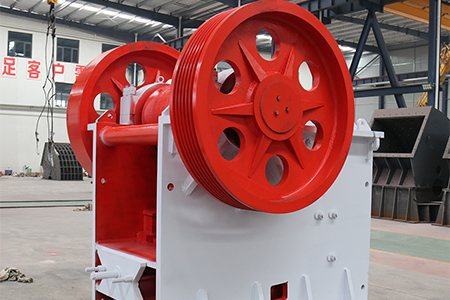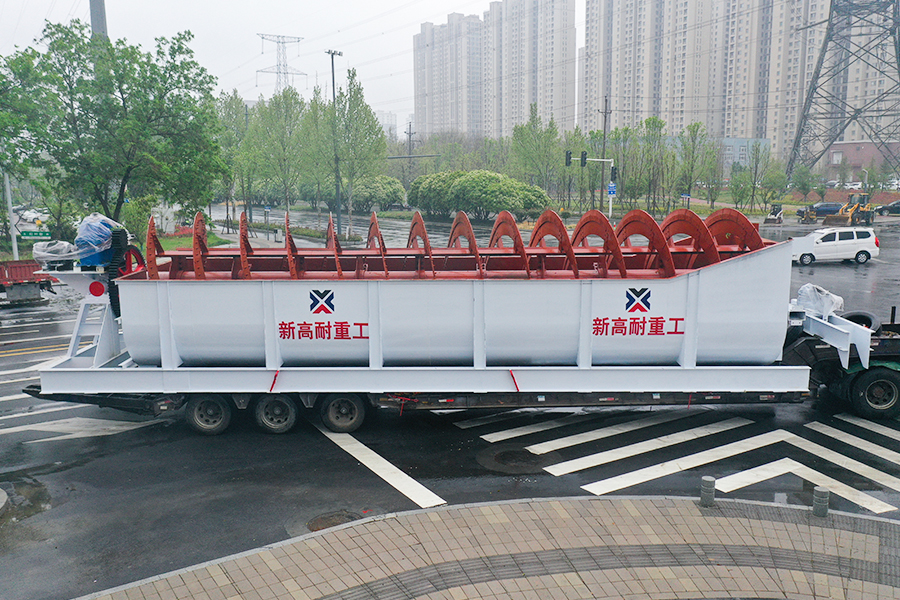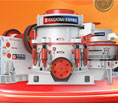Definition, uses and properties of bauxite
 Xingaonai
Xingaonai
![[list:date style=M.d,Y]](/images/date.png) Mar.15,2025
Mar.15,2025
 14
14
If you want to know more details about equipment, solutions, etc, please click the button below for free consultation, or leave your requirements!
Definition
Bauxite is a sedimentary rock rich in aluminum, mainly composed of various mixtures of aluminum oxide and hydroxide and silicon dioxide, and is the main source of aluminum production. Its chemical composition is mainly aluminum oxide, and it is a white, red, yellow or brown amorphous clay-like substance, generally containing impurities such as iron oxide.

Formation
The formation of bauxite is a long geological process, mainly formed by weathering in tropical and subtropical regions. After the aluminum-rich rock is weathered under high temperature and rainy conditions, aluminum is precipitated in the form of hydroxide and forms a deposit through leaching and enrichment, which is an important source of aluminum resources.

Characteristics
Bauxite has a variety of colors, usually white, brown, gray or red, and the content of iron and other impurities directly affects the color. The hardness is low, about 1-3, usually in the form of earth, bean, block or granular, and dull. The density of bauxite is between 2.0-2.5 g/cmÂł, stable at room temperature and pressure, and has good refractory properties, but it will decompose into aluminum oxide and water at high temperatures.
The aluminum content of bauxite is usually 40%-70%, and its industrial value is high. Alumina can be extracted through the Bayer process or sintering process to produce aluminum metal.
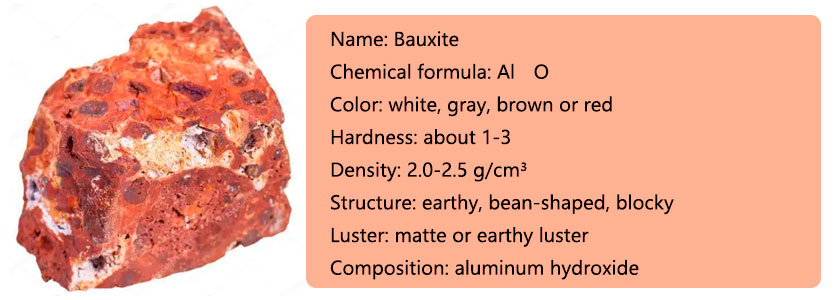
Uses
Industry: More than 90% of bauxite is used to produce aluminum metal, and aluminum is widely used in construction, transportation, packaging and electronics.
Refractory materials: Alumina has a high melting point and good refractoriness, and is often used to make refractory materials, such as high-temperature furnaces, glass, ceramics and other high-temperature industries.
Abrasives: Because the aluminum oxide in bauxite is extremely hard, it is often used to make abrasives, such as sandpaper, grinding wheels, etc.
Building materials: Aluminosilicates and other components in bauxite can be used to produce building materials. They have the characteristics of heat preservation, heat insulation, and sound insulation, and are widely used in construction, decoration and other fields.
Ceramics: Alumina in bauxite can be used to make high-performance ceramics. These ceramics have the characteristics of high strength, high hardness, and corrosion resistance, and are widely used in electronics, medical and other fields.
Chemical environmental protection: Bauxite can be used to produce chemicals such as aluminum sulfate, polyaluminum chloride and aluminum hydroxide, which can be used for water purification and waste gas treatment.
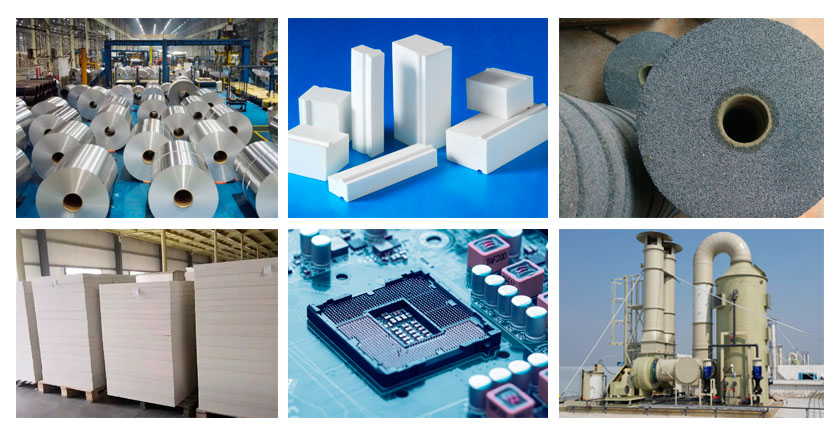
Flotation process equipment and process
Flotation process equipment includes jaw crusher, vibrating screen, ball mill, classifier, mixing tank, flotation machine, concentrator, dryer, etc.
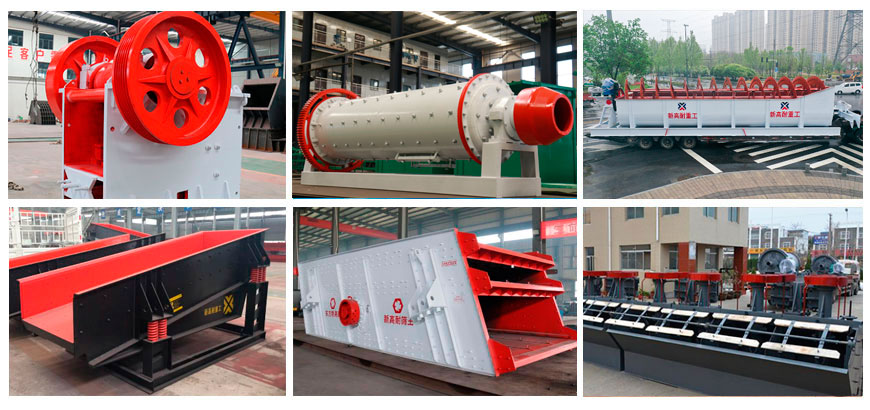
Specific process flow: Crushing > Grinding > Flotation > Dehydration
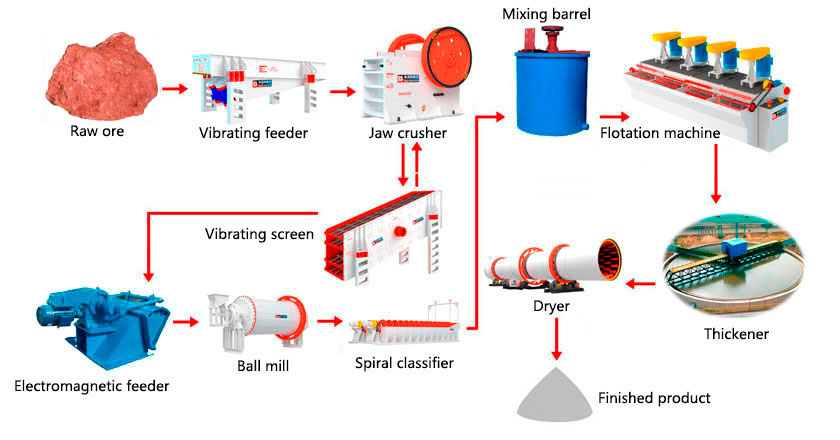
Author: Xingaonai
Reprint address: http://xingaonai.cn/products-knowledge/bauxite-definition-uses-properties.html
 +86 17761642222
+86 17761642222 sales@xgnchina.com
sales@xgnchina.com




 Message
Message Chat Now
Chat Now





